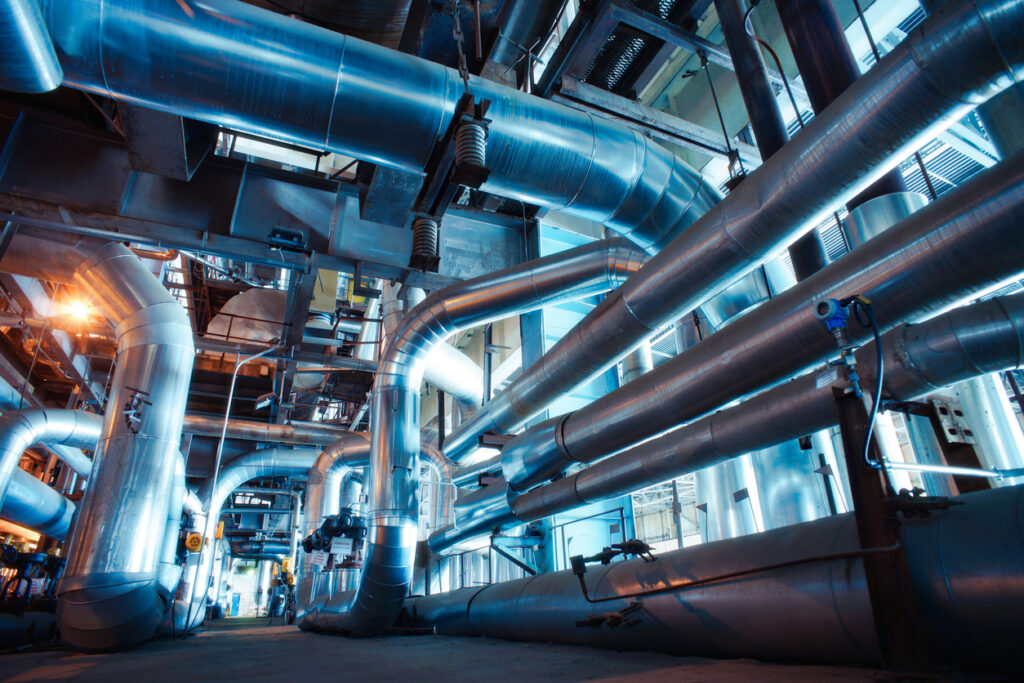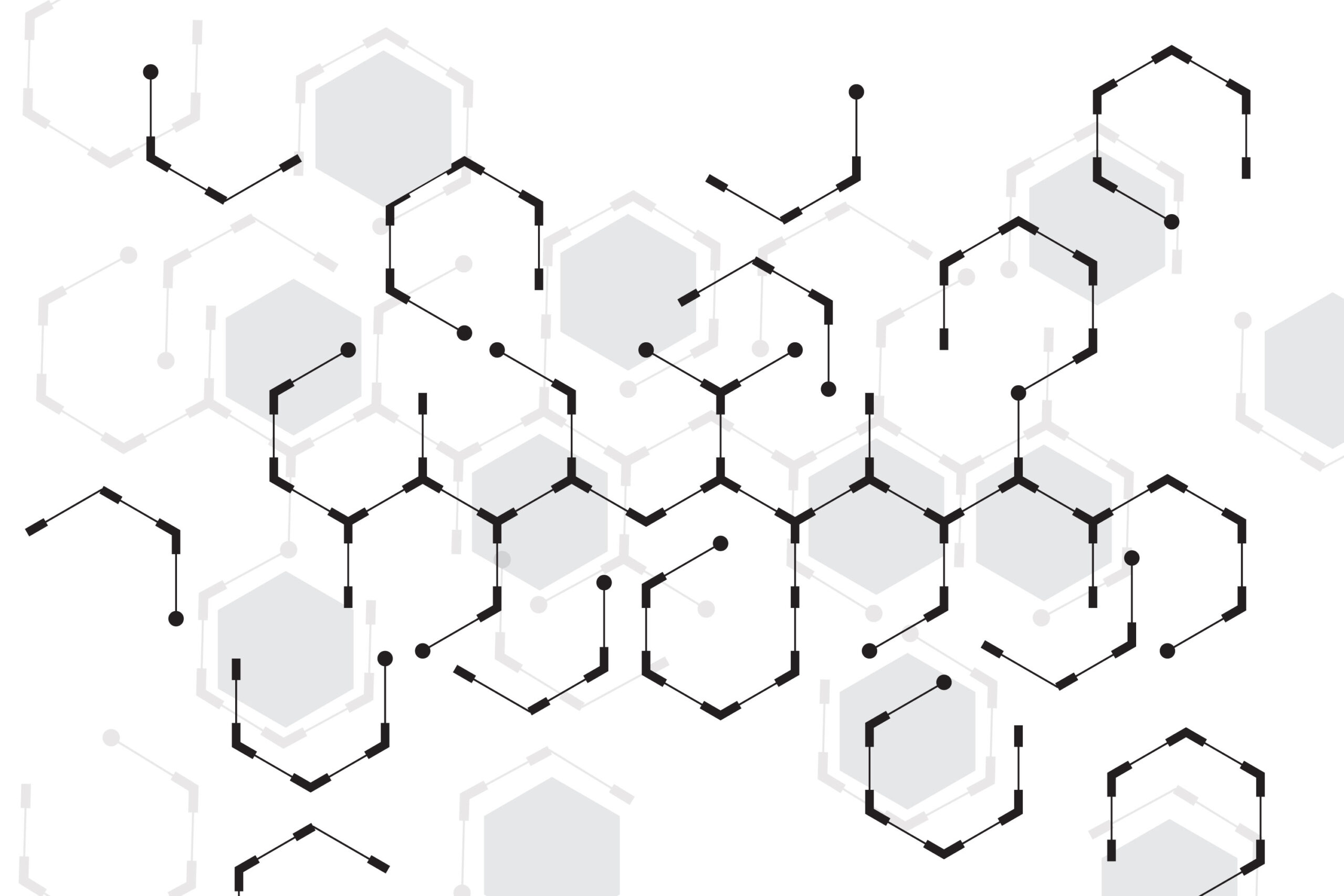Products Families
What are industrial gases, and what are they used for?
The most common industrial gases are:
- Air Gases – oxygen (O2), nitrogen (N2) and argon (Ar)
- Rare Gases – such as helium (He), krypton (Kr), xenon (Xe) and neon (Ne)
- Hydrogen (H2), carbon monoxide (CO), carbon dioxide (CO2) and nitrous oxide (N2O)
- Chlorine (Cl2), hydrogen chloride (HCl) and sulphur dioxide (SO2)
- Acetylene (C2H2), methane (CH4) and propane (C3H8)
- Special Gases

In addition, many different mixtures of these and other gases are provided to meet the needs of specific applications.
The industrial and medical gases industry serves a very large number of customers in the whole community. As well as supplying the gases themselves, the industry offers services, product process application know-how and safety advice and information to its customers.
Industrial gases are essential for almost all manufacturing. Large quantities of oxygen, nitrogen and argon are used in the steel and metal industry. Shipyards and the automotive industry use acetylene, propane, mixtures of fuel gases and oxygen for cutting and welding. Liquid nitrogen is vital in recycling plastics, packaging and scrap tyres. The chemical industry employs all major industrial gases as a raw material or for inerting. High purity gases are used e.g. in microchip production.
Gas Monographs
Do you want to know more about the properties and the handling of industrial gases?
You may check the dedicated page from CGA, the US Compressed Gas Association: the CGA Handbook.
The CGA Gas Monographs provide identifying information, properties, uses, safety and emergency response information, and any special handling requirements for 58 of the most common compressed gases. The monographs are arranged in alphabetical order for easy reference.
